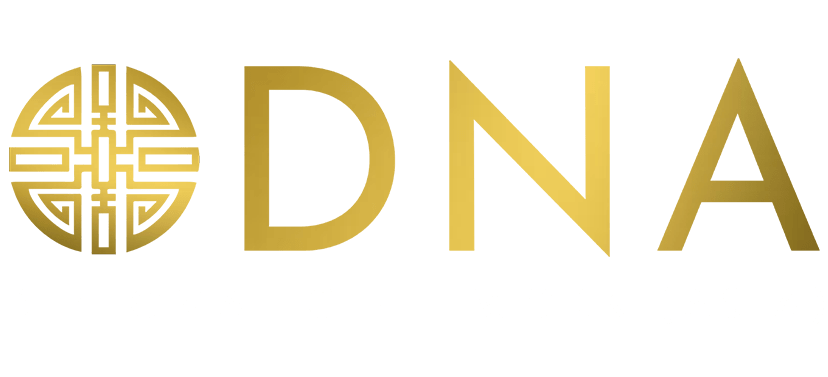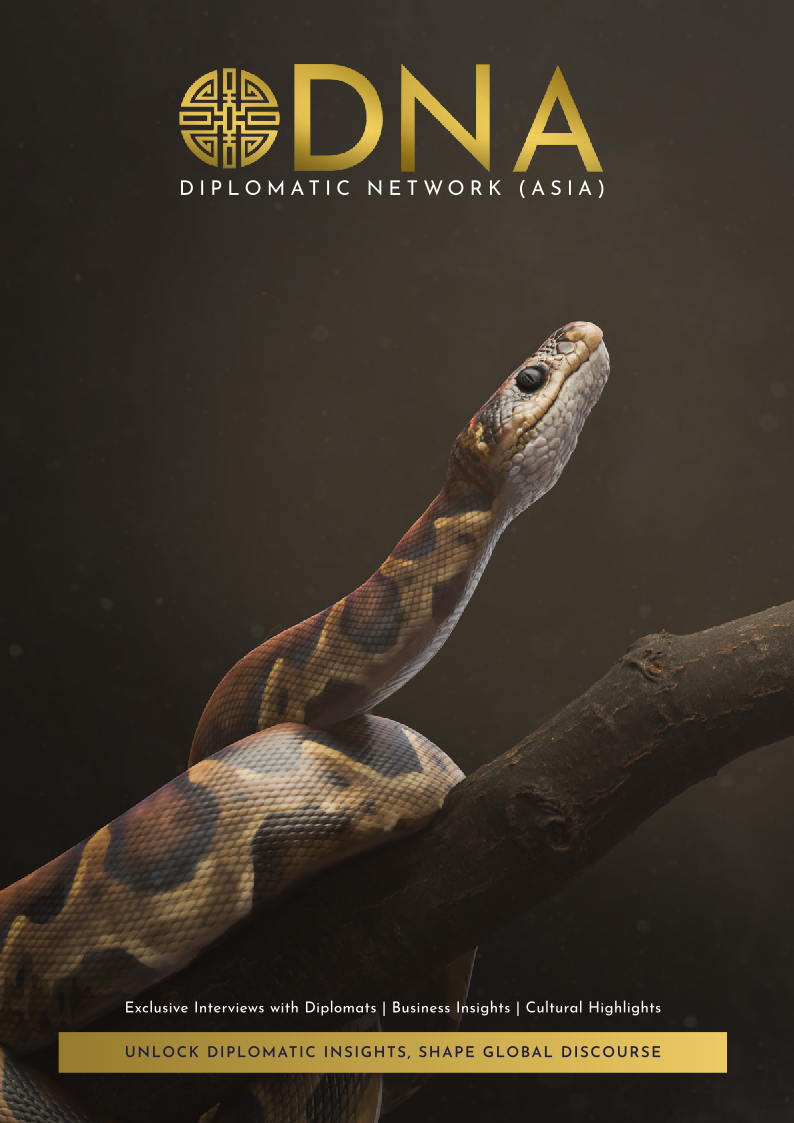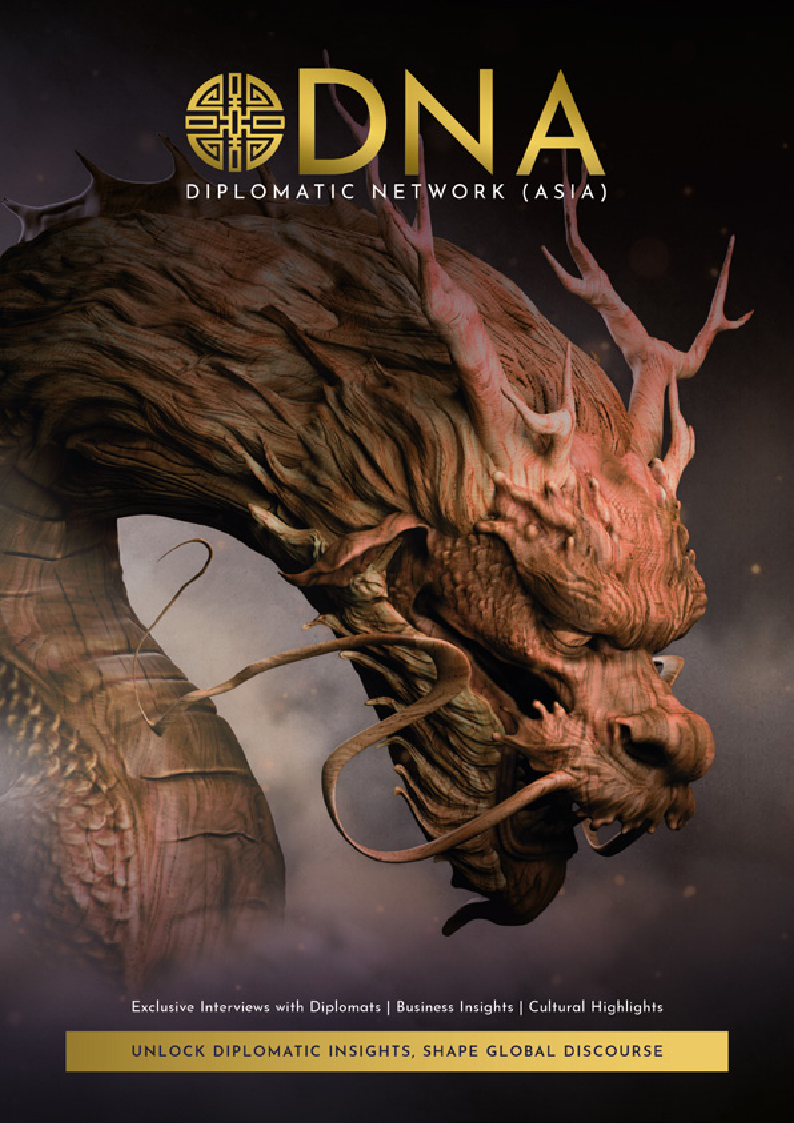The presence of regional visitors in Singapore’s tourism landscape underscores the importance of diplomatic and cultural relations between Singapore and its neighboring regions.
Beyond sightseeing, interactions with locals and immersion in diverse cultures foster deeper connections and understanding. This engagement lays the groundwork for strengthened diplomatic ties and enriched cultural exchanges, transcending geographical boundaries.
The city-state acts as a heart to Asia thanks to its geographical centrality as well as its vital ports. This leaves it with the unique opportunity to capitalize on this, despite its small stature, and attract regional visitors.
With a wealth of competition from the rest of Southeast Asia, Singapore has to offer a different kind of touristic experience. Singapore heavily leans into the idea of being a metropolitan city in nature that is not only vibrant and cosmopolitan, but also has a rich, idiosyncratic and multicultural heritage.
Given the importance of tourism in developing strong multilateral ties, Diplomatic Network (Asia) spoke with Oliver Chong, the executive director of International Group HQ & Oceania at Singapore Tourism Board.
Could you elaborate on the significance of regional visitors to Singapore’s tourism industry, especially in the context of fostering diplomatic and cultural relations?
When visitors explore Singapore, they also interact with locals and experience our culture and traditions. This process of discovery and interaction helps to promote mutual understanding and greater appreciation of diverse cultures, ultimately strengthening diplomatic and cultural ties between Singapore and our neighbors.
How does STB collaborate with diplomatic missions or embassies to facilitate the influx of regional visitors and enhance their overall experience in Singapore?
Singapore Tourism Board typically works with embassies through exchanging and sharing of best practices in areas such as tourism strategies; marketing and promotion; Meetings, Incentives, Conventions & Exhibitions; digital tourism; sustainable tourism; as well as other tourism-related matters.
We also facilitate introductions between embassies and our relevant tourism stakeholders and associations where appropriate to encourage the exploration of potential tourism collaborations.
What marketing initiatives does Singapore Tourism Board have planned to attract visitors this year?
In promoting leisure travel to Singapore, we need to ensure that our campaigns continuously inspire, drive destination desirability and connect with our travelers emotionally through innovative story telling.
Our latest “Made in Singapore” campaign puts a fresh spin on our “Passion Made Possible” destination brand and focuses on how Singapore transforms familiar or ordinary moments into extraordinary and memorable experiences for our travelers – to distinguish us from other destinations.
Made in Singapore will roll out across key markets globally including China, India, Indonesia, the United Kingdom and United States. There will be an element of localization in different markets, to take into account the diverse audience interests and the types of Singapore experiences that would appeal to them.
What challenges or obstacles does the STB face in attracting and retaining regional visitors and how are these challenges addressed?
With growing challenges such as resource scarcity and increasingly discerning travelers, we focus on yield-driven quality growth, such as attracting visitors who explore more and stay longer.
The fundamentals that make Singapore appealing as a leisure destination remain strong, we are responding to emerging trends such as wellness, and there is continued investment in new products and experiences.







